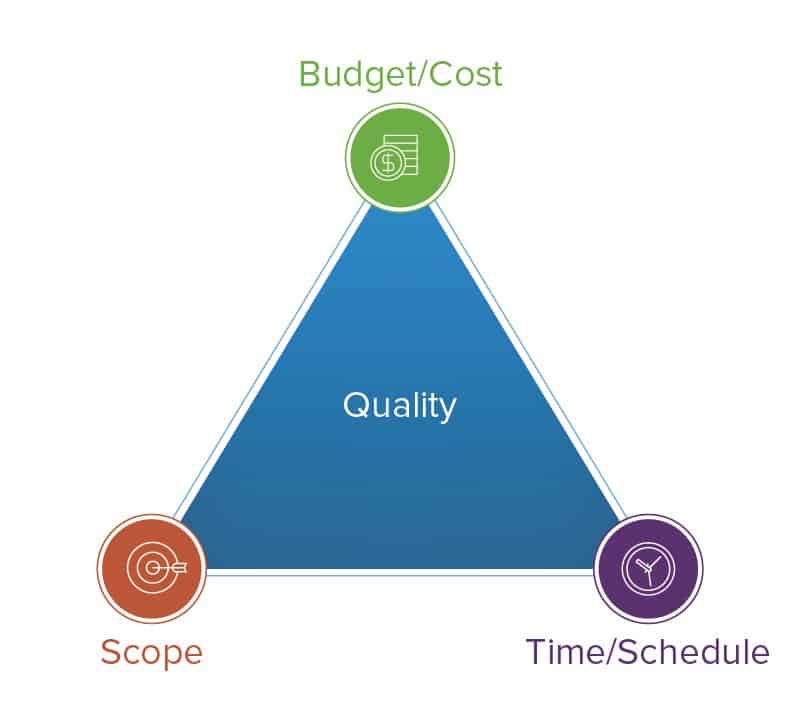
Be sure to outline how you hope to reduce costs, reduce implementation time, control the scope, and most of all ensure high quality when adding vocal support to your DAW.
Due - Sunday, September 28, 2025
This is a group project of 2 or 3 students per group. The groups can be found in the document Lab1_Groups.docx.
Music is rarely composed with pen and paper any more. Modern composers use something called a Digital Audio Workstation. A Digital Audio Workstation (DAW) is a software application used to record, edit, and produce audio. You can record tracks, build up beats, add instruments or vocal parts, then lay out the arrangement, apply effects, and mix the finished work all within one interconnected hub. Today, the convenience and accessibility of DAWs have made them the most popular way of making music and editing audio—used by everyone from bedroom producers and songwriters all the way up to top industry professionals.
See the video
What Is a DAW (Digital Audio Workstation) And Why You Need One for a visual explanation of
the DAW.
See also the song "Fire on the Mountain" composed with the Reaper DAW:
Fire On The Mountain, An Inside Look at the Reaper DAW as a sample of how a song is
laid out with a DAW.
There are four main components to the Digital Audio Workstation: a computer, a sound card or other audio interface, audio editing software, and at least one user input device for adding or modifying data.
Composition with a DAW is based on music samples. For a good library of musical samples, see Sample Focus and Free Music Archive. These samples could be from a piano, violin, cello, bass, guitar, an entire string section, percussion, vocals, etc... They could be in any key, any volume and at any tempo.
The idea is to take all these samples, put them in a common key, adjust their volumes, and put them to a common tempo, to create a song. The video The Sky is a more detailed demonstration of the DAW. This video shows a composition with the Pro Tools Digital Audio Workstation with 16 parts, all parts have been put in a common key and a common tempo, with their volumes adjusted.
Your tasks for this workshop are given in bold below.
Make a list of requirements you feel are important for any Digital Audio Workstation to have. Be sure to classify them as must have, should have, could have, and won't have (MOSCOW). This is important if you decide to release your product iteratively. Then, perform a survey of existing Digital Audio Workstations (choose 3) and see if they meet these requirements. List anything lacking in the existing products that you might want to put in your product.
Let us say that one thing you found lacking is a library of vocal samples, both
male and female, in all keys, for multiple styles of music. This encourages you to go ahead and create your own DAW with
advanced vocal support. Do extensive research on digital audio compression. Prepare a summary of three types of audio
compression and how you might utilize these for your vocal support.
How could you integrate vocal support to a Digital Audio Workbench keeping in mind the
triple constraints of project management:

Be sure to outline how you hope to reduce costs, reduce implementation time, control the scope, and most of all
ensure high quality when adding vocal support to your DAW.
Your new product is fraught with legal risks. How do you address the following situations:
Note that this lab partially fulfills one of the
Canadian Engineering Accreditation Board
graduate attributes that our engineering graduates should have:
- Economics & Project Management (EP.2).
The attribute is assessed here.
| Does not meet expectations | Satisfactory | Good | Exceeds Expectations | |
|---|---|---|---|---|
| Requirements (2 marks) | Does not meet requirements | Meets the most important requirements | Meets all requirements with minor errors | Meets all requirements with no errors |
| DAW Survey (2 marks) | Does not meet requirements | Meets the most important requirements | Meets all requirements with minor errors | Meets all requirements with no errors |
| 3 Types of Audio Compression (2 marks) | Does not meet requirements | Meets the most important requirements | Meets all requirements with minor errors | Meets all requirements with no errors |
| Vocal Integration (2 marks) | Does not meet requirements | Meets the most important requirements | Meets all requirements with minor errors | Meets all requirements with no errors |
| Risks (2 marks) | Does not meet requirements | Meets the most important requirements | Meets all requirements with minor errors | Meets all requirements with no errors |
Please email all documents to: miguel.watler@senecapolytechnic.ca
You will be docked 10% if your lab is submitted 1-2 days late.
You will be docked 20% if your lab is submitted 3-4 days late.
You will be docked 30% if your lab is submitted 5-6 days late.
You will be docked 40% if your lab is submitted 7-8 days late.
You will be docked 50% if your lab is submitted 9-10 days late.
You will be docked 100% if your lab is submitted over 10 days late.